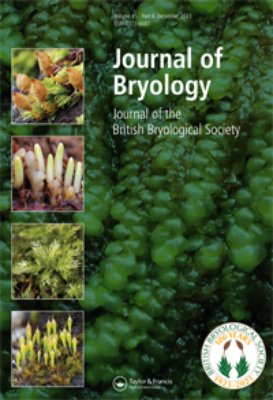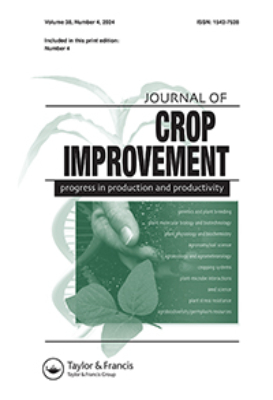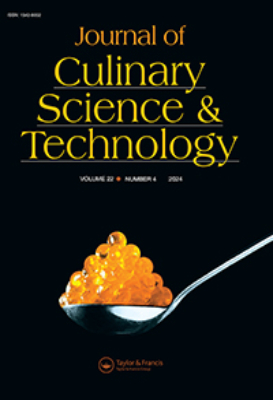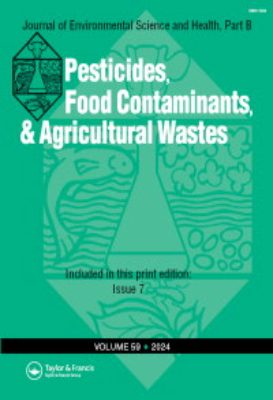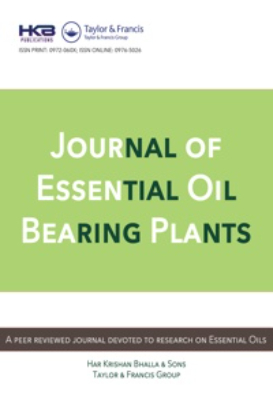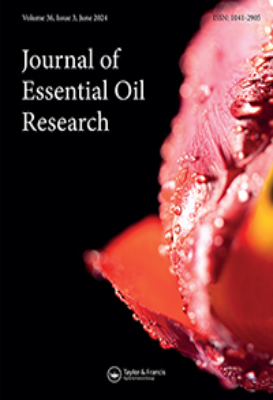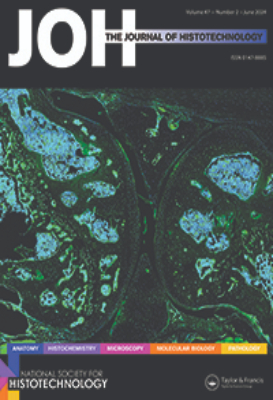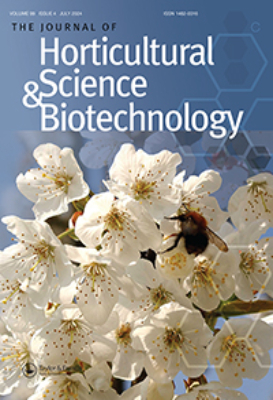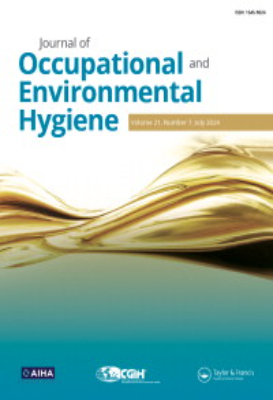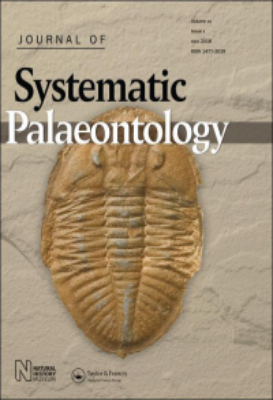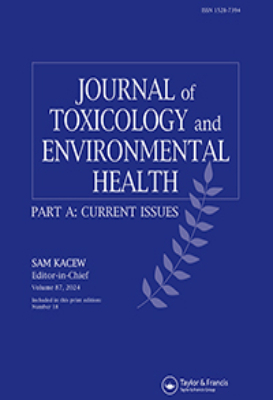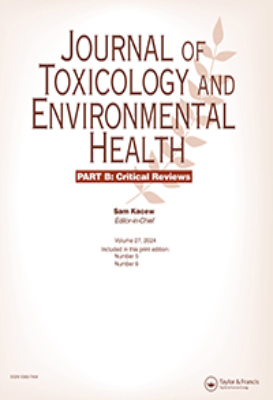Life Science
Lepidoptera Genetics
Lepidoptera Genetics provides a systematic account of the genetics and karyology of Lepidoptera. Topics covered include the use of biometry in genetic studies; population genetics and polymorphism; the rise of industrial melanism; and the evolution of mimicry. The genetics of Rhopalocera and Heterocera is also discussed. This book is comprised of eight chapters and begins with an overview of Lepidoptera species and their genetics, paying particular attention to color and pigmentation, breeding, and resistance to insecticides, as well as the effect of seasonal variations and the environment on Lepidoptera. The next chapter outlines the tenets of genetics that are of value for Lepidoptera research, including particulate heredity, random assortment, sex-linked inheritance, maternal inheritance, and mosaicism. The reader is methodically introduced to the application of biometry to the study of Lepidoptera genetics; the evolution of mimicry in Lepidoptera; and the known heredity of Rhopalocera and Heterocera. The final chapter examines the karyology of Lepidoptera, focusing on the haploid karyotype, polyploidy, chiasmata frequency, supernumerary chromosomes, and sex chromatin. This monograph will be a useful resource for entomologists, geneticists, and biologists.
Mammalian Cytogenetics and Related Problems in Radiobiology
Mammalian Cytogenetics and Related Problems in Radiobiology covers the proceedings of a symposium held in Sao Paulo and Rio de Janeiro, Brazil in October 1962. The book focuses on the processes, methodologies, and approaches involved in mammalian cytogenetics and radiobiology. The selection first offers information on the nutrition and metabolism of cultured mammalian cells, blood technique and human chromosomes, and DNA replication in human chromosomes. Discussions focus on replication of heterochromatin in the human male; difficulties involved in the study of DNA synthesis in human chromosomes; and perspectives for future research. The text then ponders on the progress in the utilization of cell culture techniques for studies in mammalian and human somatic cell genetics and modification of radiation effects in the Ehrlich ascites tumor by oxygen or sodium azide. The manuscript examines experimental studies on mammalian chromosome aberrations, chromosome breakage in vitro, and survival of human cells in tissue culture after irradiation with densely and sparsely ionizing radiation. The text then elaborates on the observations on the morphology and behavior of normal human chromosomes, human pachytene chromosomes, and abnormalities of autosomes. The selection is a vital reference for readers interested in mammalian cytogenetics and radiobiology.
Matthews’ Plant Virology
It has been ten years since the publication of the third edition of this seminal text on plant virology, during which there has been an explosion of conceptual and factual advances. The fourth edition updates and revises many details of the previous editon, while retaining the important older results that constitute the field's conceptual foundation. Key Features @introbul:Key features of the fourth edition include: @bul:* Thumbnail sketches of each genera and family groups * Genome maps of all genera for which they are known * Genetic engineered resistance strategies for virus disease control * Latest understanding of virus interactions with plants, including gene silencing * Interactions between viruses and insect, fungal, and nematode vectors * New plate section containing over 50 full-color illustrations
Medical Biochemistry
"Thoroughly updated and in a new two-color format, this well- respected text presents the fundamentals of biochemistry and related topics to students pursuing a one- or two-semester course in pre-med biochemistry or medical programs. The second edition is equally applicable to other health-related fields such as clinical chemistry, medical technology or pharmacology. Medical Biochemistry, Fourth Edition, focuses on the foundations and clinically relevant applications of normal human biochemistry and pathology. Abundantly illustrated with four-color plates. Key Features. Revised chapters on molecular biology reflect the latest research in the field. Two color throughout with four color plates. Reference quality appendices include practical information on clinical lab parameters used to diagnose a range of diseases"

